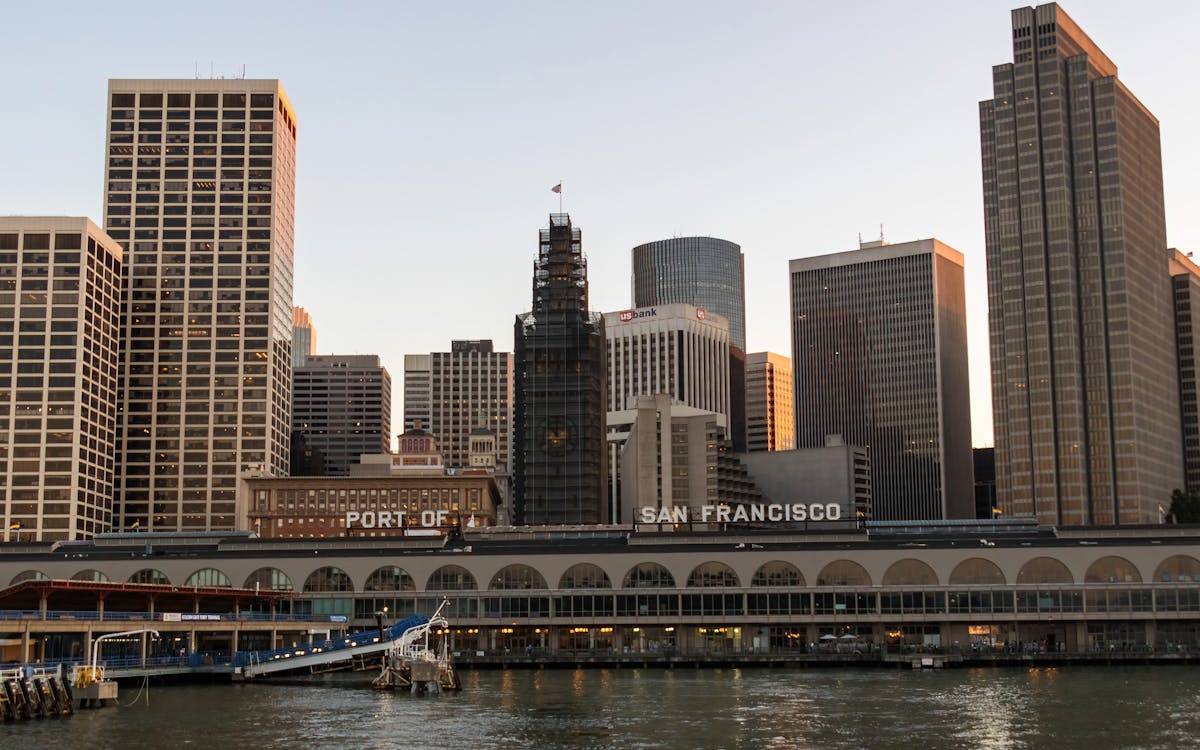Shoreline Stories: Community and Bay Recovery
Shoreline Stories: Community and Bay Recovery
Blog Article

Why Restoration Matters More Than Ever in the Bay Area
Over the last couple of years, the San Francisco Bay has actually weathered the impact of metropolitan development, industrial advancement, and climate change. As soon as including wildlife and lush wetlands, most of the bay's all-natural communities have actually been fragmented or broken down. Yet amidst these difficulties, something impressive is occurring: regional citizens, volunteers, and grassroots campaigns are leading a wave of ecological repair that's bringing brand-new life back to the Bay.
Restoration isn't just about planting trees or tidying up trash, though those efforts are important. It's regarding restoring the structures of life, from marsh turfs that sustain fish nurseries to shoreline buffers that guard against flooding. And in this region, the power of area participation is transforming the tide extremely realistically.
From Marshland to Miracle: The Return of Native Habitats
One of one of the most noticeable adjustments taking place in the Bay Area is the re-emergence of native habitats. Marshes that were when drained or led over are being rehydrated and replanted. Yards and bushes native to the area are being cultivated by neighborhood teams, who typically rely upon local volunteers to help expand plants and manage controlled planting occasions.
These indigenous plants do greater than include greenery to the landscape. They use sanctuary to migratory birds, pollinators, and tiny mammals, producing pockets of biodiversity amid active metropolitan areas. As these environments broaden, so does the environmental health of the Bay itself. When local homeowners take time out of their weekends to get their hands in the soil, they're not just growing-- they're participating in the restoration of a living, breathing ecosystem.
The Role of Education in Fostering Environmental Stewards
Education and learning plays a vital component in why these community-led efforts are working so well. Schools, neighborhood centers, and not-for-profit groups are organizing hands-on knowing experiences where participants of any ages can understand the scientific research and importance of restoration. These programs frequently bring individuals face to face with problems like erosion, contamination, and sea level rise-- subjects that can feel abstract until they're seen up close.
When someone sees the fragile equilibrium of an estuary or finds out exactly how a single plant varieties can filter toxins from the water, the worth of that knowledge becomes individual. And with that said understanding comes the motivation to act. Recovering ecological communities comes to be much less of a chore and even more of a goal. This deep link to neighborhood rooms is what establishes the Bay Area apart and gas the long-lasting success of these initiatives.
Taking Advantage Of the Digital World to Drive Real-World Change
Surprisingly, the press to recover the Bay's communities isn't taking place alone from the electronic globe. Modern technology is coming to be a powerful tool in rallying support, spreading awareness, and attaching neighborhoods. Whether with citizen scientific research apps that track native types or neighborhood forums arranging reconstruction events, the online space is complementing boots-on-the-ground action.
In recent years, also local outreach techniques have developed. As an example, a social media marketing agency in the Bay Area may sustain ecological projects by assisting volunteers magnify their impact, inform their tales, and motivate others to get involved. These digital touchpoints have the power to turn a small weekend break cleaning into a local activity merely by allowing individuals know it's taking place-- which it matters.
Email Campaigns That Inspire and Inform Local Change-Makers
Another electronic technique making a tangible distinction is e-mail communication. Updates about reconstruction occasions, seasonal growing initiatives, and contribution drives are often shared with thoroughly crafted newsletters that strike an equilibrium in between being insightful and motivating. It's site not unusual for a well-timed project from an email marketing agency in San Francisco to bring a thrill of volunteers or donations to a project in need.
These email projects aren't simply transactional-- they're transformative. By informing customers about the straight impact their participation has, they support long-lasting involvement. Readers involve feel like stakeholders in the health of their area, and that psychological link converts to lasting commitment.
The Unseen Work of Connecting Data, Communities, and Nature
Behind every successful repair task lies a complicated internet of coordination. There's research to recognize what habitats require most, community comments to form inclusive plans, and follow-up tracking to make certain success. This kind of ongoing effort often requires not simply heart, but information, strategy, and communication.
That's where the assistance of a digital marketing company in the Bay Area can make a silent but important distinction. By assisting companies construct solid electronic systems, collect insights, and refine their messaging, these teams allow community teams to scale their effect. The outcome is an extra linked and effective movement, where every activity counts, and everyone feels like they're component of something bigger.
The Power of People in Preserving the Bay's Future
If there's one thing the Bay Area has confirmed, it's that restoration doesn't have to start with huge organizations or substantial spending plans. It can start with one neighbor drawing weeds from a route, one pupil growing a native seedling, or one family members turning up to a coastline cleanup. These small activities add up, especially when they're sustained by smart methods and shown the wider neighborhood.
There's something uniquely confident concerning seeing the tides turn-- both figuratively and essentially-- in favor of nature. The Bay is far from fully brought back, yet it's being restored each day via the persistence and treatment of those that call this location home. With each marsh rebuilt and each indigenous types safeguarded, we're not just bring back ecosystems-- we're imagining what's feasible when communities lead with objective.
Maintain following this blog for even more tales on neighborhood adjustment, area impact, and the means you can be part of protecting the natural appeal that surrounds us.
Report this page